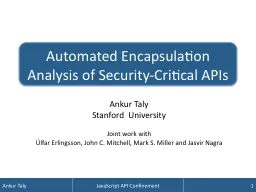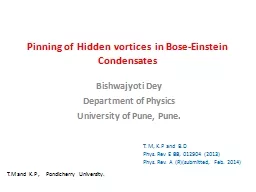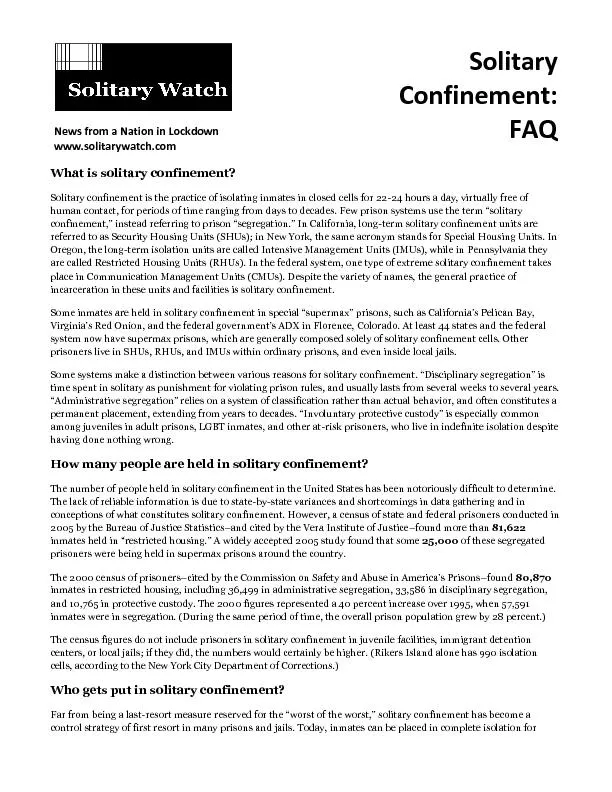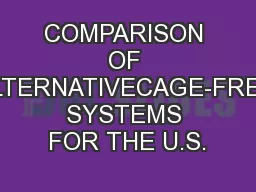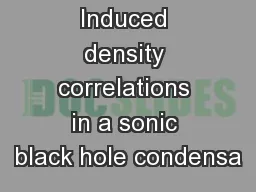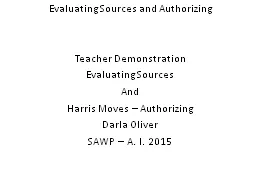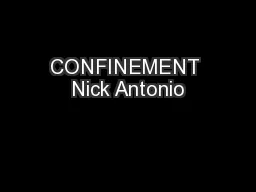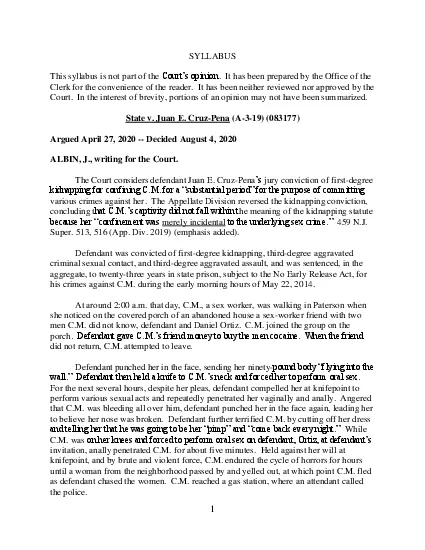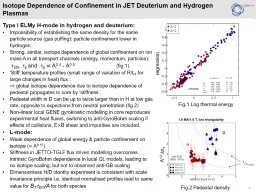PPT-Confinement contains Condensates
Author : briana-ranney | Published Date : 2018-11-10
Adnan BASHIR U Michoacan R BERMUDEZ U Michoacan Stan BRODSKY SLAC Lei CHANG ANL amp PKU Huan CHEN BIHEP Ian CLOËT UW Bruno ELBENNICH São Paulo
Presentation Embed Code
Download Presentation
Download Presentation The PPT/PDF document "Confinement contains Condensates" is the property of its rightful owner. Permission is granted to download and print the materials on this website for personal, non-commercial use only, and to display it on your personal computer provided you do not modify the materials and that you retain all copyright notices contained in the materials. By downloading content from our website, you accept the terms of this agreement.
Confinement contains Condensates: Transcript
Download Rules Of Document
"Confinement contains Condensates"The content belongs to its owner. You may download and print it for personal use, without modification, and keep all copyright notices. By downloading, you agree to these terms.
Related Documents


